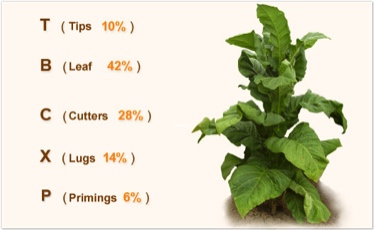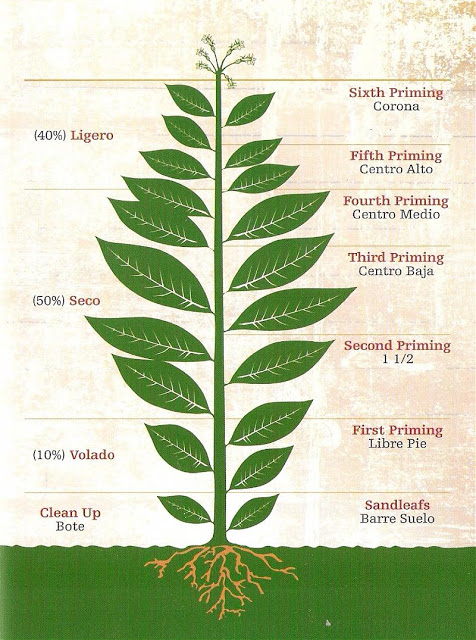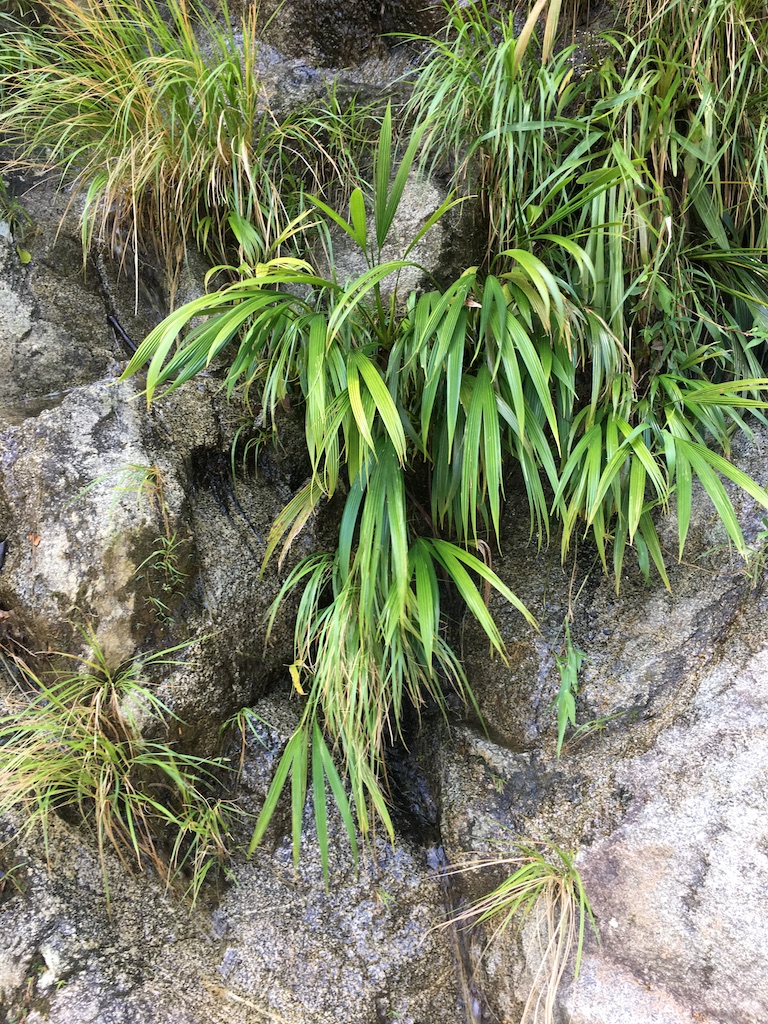
AMBIL
According to the Amazonian tradition and the myth of the origin, Ambil is a power plant that allows man to cleanse and heal in order to receive guidance from God and the Spirits.
The ambil represents original thinking. The thought of God, the connection with the universal thought.
Ambil is a type of paste, syrup, jelly or jam made from pure tobacco and mineral salts. It can be a very strong, intense, and powerful sacred medicine.
Ambil is the liquid form of tobacco that is placed on the tip of the pinky finger, the finger of humility, to be eaten in prayer. It is prepared by taking fresh tobacco leaves and cooking them in fresh water over a wood fire for 12 to 20 hours. healer prepares the ambil that guests consume. Ambil is often used in the presence of coca leaf or mambe, and the union of these two plants clarifies and sweetens communications, and makes us more sincere in our dealings with one another. The combination of ambil and mambe represents the sacred union of the Father Creator, represented by tobacco, and the Mother Earth, represented by coca leaf. Ambil alone also realigns our chakras, grounds us emotionally, and encourages positive, insightful conversation.
Ambil is tobacco paste mixed with different kinds of vegetable salts (Sale de agua). According to the Amazonian tradition and the myth of the origin, Ambil is a power plant that allows man to cleanse and heal in order to receive guidance from God and the Spirits.
The ambil represents original thinking. The thought of God, the connection with the universal thought.
Ambil is placed in the mouth by dipping a finger or removing a small amount with a spatula or finger nail and rubbing it on the teeth, gums, or tongue. Although consumed alone, ambil is sometimes ingested simultaneously with other snuff products.
Generally, it has limited distribution in South America. It is found among tribes of the northern end of the Andes in Colombia and Venezuela, and some parts of the north-west Amazon.
In the Sierra Nevada de Santa Marta in Colombia, the indigenous people prepare a thick black jelly/jam through a baking sheet of tobacco juice lasting hours or even days. The product is further thickened by adding starch – either cassava, or arrowroot.
Well-green leaves of the lower part of the tobacco plant are selected to be cooked over a slow fire. At the same time, salts are obtained by certain tribes by the evaporation of water which has been poured and percolated through ash tree parts. The salts are added to make ambil, while they concentrate it into a thick syrup or paste. Salt or alkaline ashes are used by some tribes, as part of their recipe for ambil.
Some tribes consume ambil together with coca, ayahuasca, and possibly other hallucinogens.
Also, you can take Ambil just before your rapé session in your gums, and it’ll make everything much stronger – grounds, cleanses, clears your thoughts, opens your heart and throat chakras, and connects you to Spirit...
Very masculine energy of Father Tobacco. Also, some tribes use it during other sacred medicine ceremonies, as it intensifies your experiences and deepens your journey much more.
Storage: For best storage conditions, please keep in airtight container and away from bright sunny conditions.
The Witoto people (also Huitoto) are an indigenous people in south-eastern Colombia and northern Peru. Current population is approximately 8,500 people.
The Witoto people were once composed of one hundred villages or 31 tribes, but disease and conflict has reduced their numbers. Until the early 20th century, Witoto population was 50,000. The rubber boom in the mid-20th century brought diseases and displacement to the Witotos, causing their numbers to plummet to 7,000–10,000.
Since the 1990s, cattle ranchers have invaded Witoto lands—depleting the soil and polluting waterways. In response, Colombia has established several reservations for Witotos.
Witoto peoples all practiced swidden or slash-and-burn agriculture. To prevent depleting the land, they relocate their fields every few yields. Major crops include cacao, coca, maize, bitter and sweet manioc, bananas, mangoes, palms, peanuts, pineapples, plaintains, sugar cane, sweet potatoes, tobacco, and yams. Ethnobotanists have studied Witoto agriculture due to its efficiency and sustainability.
The Witoto people were once composed of one hundred villages or 31 tribes, but disease and conflict has reduced their numbers. Until the early 20th century, Witoto population was 50,000. The rubber boom in the mid-20th century brought diseases and displacement to the Witotos, causing their numbers to plummet to 7,000–10,000.
Since the 1990s, cattle ranchers have invaded Witoto lands—depleting the soil and polluting waterways. In response, Colombia has established several reservations for Witotos.
Witoto peoples all practiced swidden or slash-and-burn agriculture. To prevent depleting the land, they relocate their fields every few yields. Major crops include cacao, coca, maize, bitter and sweet manioc, bananas, mangoes, palms, peanuts, pineapples, plaintains, sugar cane, sweet potatoes, tobacco, and yams. Ethnobotanists have studied Witoto agriculture due to its efficiency and sustainability.
For the Muinane , the spirit of tobacco is breath (in uitoto : jag i and i ) and that a person prepares, possesses and uses ambil demonstrates that his word has value for the community. The word uitoto for ambil is yera , where ye- means ‘behavior’ and the suffix -ra ‘substance’, then for them ambil means “substance of behavior”. The concept of yetárafue ( ye- ‘behavior’; -ta- ‘make’; -rafue ‘word’) It means “Word to make one behave” (or “Word of discipline”) and is the basis for taking care of the family. And given the rigor and discipline required for the preparation of ambil, owning and using ambil is also a sign of adulthood:
Mambeadores often cite certain proverbial situations that illustrate the importance of having tobacco. In one of these situations, an irritable elder demands from a young man that he speaks in advance of the mambeadero to show him that his words come from a true substance. The old man says it like this, “Where is his strength? Where is what makes him speak?” When the proverbial young man admits that he has neither amble nor coca to show, the old man embarrasses him, claiming that his words are lies that will not bring good results, and that he should remain silent. The man who owns a container with ambil, shows that he has successfully produced tobacco. This in turn is evidence of the willingness to work hard … A young man who has not shown this disposition or who does not make his knowledge manifest through material production does not have to speak in the mambeadero. His talk is still soft and weak, his morality still unverified, and his power over the world, minimal.
Mambeadores often cite certain proverbial situations that illustrate the importance of having tobacco. In one of these situations, an irritable elder demands from a young man that he speaks in advance of the mambeadero to show him that his words come from a true substance. The old man says it like this, “Where is his strength? Where is what makes him speak?” When the proverbial young man admits that he has neither amble nor coca to show, the old man embarrasses him, claiming that his words are lies that will not bring good results, and that he should remain silent. The man who owns a container with ambil, shows that he has successfully produced tobacco. This in turn is evidence of the willingness to work hard … A young man who has not shown this disposition or who does not make his knowledge manifest through material production does not have to speak in the mambeadero. His talk is still soft and weak, his morality still unverified, and his power over the world, minimal.

Preparation of the ambil
The ambil of snuff is prepared as follows:
Washing : the fresh leaves of tobacco are washed in cold water to remove the resins and dust that cover them.
Boiled : the leaves are boiled for a period of 12 to 20 hours.
Filtering : the bagasse is separated from the tobacco juice obtained with a cloth filter, taking care not to waste any of the liquid.
Cooking : the juice is cooked over low heat until it reaches a thick consistency and an intense purple color.
Mixed : thick juice is mixed with vegetable salts.
Evaporation : cook again at low heat until all the water evaporates and only a black and elastic paste remains.
Storage : the paste is usually placed in a small gourd (in uitoto : yerak i ) or similar container. It can last from 4 to 5 months, if it is not finished before it is discarded.
All this process of elaboration is ritual, so it is accompanied by songs and prayers to the tobacco. To use the ambil, a small amount of the container is extracted with the finger, a stick or a spatula and then lick or suck it into the mouth. It differs from the chimó in that the mixing is done not with plant salts but with ash water and some additives.
The ambil of snuff is prepared as follows:
Washing : the fresh leaves of tobacco are washed in cold water to remove the resins and dust that cover them.
Boiled : the leaves are boiled for a period of 12 to 20 hours.
Filtering : the bagasse is separated from the tobacco juice obtained with a cloth filter, taking care not to waste any of the liquid.
Cooking : the juice is cooked over low heat until it reaches a thick consistency and an intense purple color.
Mixed : thick juice is mixed with vegetable salts.
Evaporation : cook again at low heat until all the water evaporates and only a black and elastic paste remains.
Storage : the paste is usually placed in a small gourd (in uitoto : yerak i ) or similar container. It can last from 4 to 5 months, if it is not finished before it is discarded.
All this process of elaboration is ritual, so it is accompanied by songs and prayers to the tobacco. To use the ambil, a small amount of the container is extracted with the finger, a stick or a spatula and then lick or suck it into the mouth. It differs from the chimó in that the mixing is done not with plant salts but with ash water and some additives.
Ambil tobacco leaves
Lower leaves person
Middle community
Upper elders
Lower leaves person
Middle community
Upper elders

10 gr per 1 liter
Preparation of plant salts
Plant salts are prepared as follows:
Burned : It burns plant material from a selection of plants such as Rapatea sp. (in uitoto : eragua i ), Astrocaryum gynacanthum (in uitoto : tidori ), among others.
Extraction of the salts : the salt of the ashes is leached with water using a cloth filter.
Drying : the brine is boiled until obtaining the dry salts.
Plant salts are prepared as follows:
Burned : It burns plant material from a selection of plants such as Rapatea sp. (in uitoto : eragua i ), Astrocaryum gynacanthum (in uitoto : tidori ), among others.
Extraction of the salts : the salt of the ashes is leached with water using a cloth filter.
Drying : the brine is boiled until obtaining the dry salts.
